Through the Cultural Heritage Week of Dak Lak province's ethnic groups to promote the tourism image of Dak Lak to domestic and foreign tourists as well as the unique traditional culture of ethnic minorities in the province.
Dak Lak Province's Ethnic Cultural Heritage Week 2025 with the theme "Echoes of Gongs - Connecting the Community" will take place from November 18-23.
This is a large-scale event not only to honor the unique cultural values of the locality but also a special occasion to celebrate the 20th anniversary of the Central Highlands Gong Cultural Space being recognized by UNESCO as a Masterpiece of Oral and Intangible Cultural Heritage of Humanity (2005-2025).
According to information from the Department of Culture, Sports and Tourism of Dak Lak province, this year's Cultural Heritage Week is of key significance, an opportunity to look back on the journey of preserving and promoting the precious heritage values of the nation.
With the theme "Echo of Gongs - Connecting the Community", the event will be a place to gather and spread the strong vitality of heritage in the heart of the great forest with a series of rich and unique activities.
Throughout the week, people and tourists will be immersed in a colorful festival space with 7 main activities such as: Opening Ceremony of Cultural Heritage Week with a special art program, recreating the journey of the Central Highlands gong sound; Gong Culture Festival and traditional musical instruments, gathering elite artisans from all villages in the province; Cultural, Tourism and Culinary Space "Colors of Dak Lak Ethnic Groups", where visitors can experience and explore the quintessence in the life and cuisine of the ethnic community.
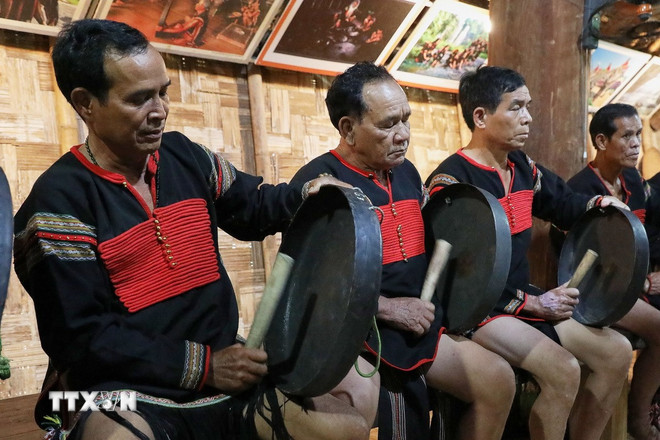
The highlight of the program is the Conference to summarize 20 years of implementing the national action program to protect the Central Highlands Gong Cultural Space after being recognized by UNESCO.
In addition, other response activities were also elaborately and uniquely staged, including: Photo exhibition with the theme "Echoes of the Great Forest" at Dak Lak Museum, Dragon and Lion Dance Festival of Dak Lak province, Street art performance on Phan Dinh Giot street, Exhibition of Ornamental Plants - Plant Varieties at Dak Lak Museum Campus.
In order to promote the image and tourism potential, within the framework of the event, Dak Lak province will organize a Famtrip (survey) delegation for major travel businesses from Hanoi, Ho Chi Minh City and Khanh Hoa.
The delegation will directly survey key tourist routes and destinations, participate in tours to explore local culture and learn about typical folk culture. This is considered an effective bridge to build new and attractive tourism products, bringing the image of Dak Lak closer to tourists.
Not only possessing majestic natural beauty, Dak Lak is also a land of unique cultural heritages, forged over centuries. These values not only contribute to enriching the unique identity of the Central Highlands but also become a sustainable resource for developing local tourism.
Dak Lak is currently home to more than 40 ethnic groups, with many traditional cultural values preserved relatively intact.
Cultural heritage, both tangible and intangible, is present throughout living spaces, in rituals, festivals, in speech, architecture, and even in the sounds of the mountains and forests.
The most prominent is the Central Highlands Gong Cultural Space, recognized by UNESCO as a Masterpiece of Oral and Intangible Cultural Heritage of Humanity in 2005.
In Dak Lak, gongs are not simply musical instruments but also the soul of community rituals, a symbol of the connection between humans and gods and nature.
Each set of gongs and each gong piece has its own meaning, associated with a certain ritual such as the grave-leaving ceremony, the new rice celebration, or the water-wharf worship ceremony.
Along with gongs, epics of the Ede and M'nong ethnic groups such as Dam San and Ot N'drong are also "living histories", reflecting worldviews, outlooks on life, beliefs and traditional ethics.
Epics are often passed down orally through many generations, resounding in the village space with the deep and deep sounds of t'rung and k'long put, creating a fascinating and attractive cultural space.
In addition, the system of traditional festivals such as the new rice celebration, the water wharf worship ceremony, the grave abandonment ceremony, etc. are regularly maintained in community life.
Along with intangible cultural values, Dak Lak also possesses many unique tangible heritages, reflecting the lifestyle, architecture and value system of indigenous residents.
The Ede long house is the most typical symbol of the architecture and matriarchal society of the Ede people. With a length of up to 100 meters, the long house is not only a place to live but also a space for activities and ceremonies of the whole extended family.
Uniquely designed with stairs carved in the shape of a female breast, a roof leaning forward, and a durable wood-bamboo-reed structure, the long house is a living testament to community cohesion and the role of women in Ede life.
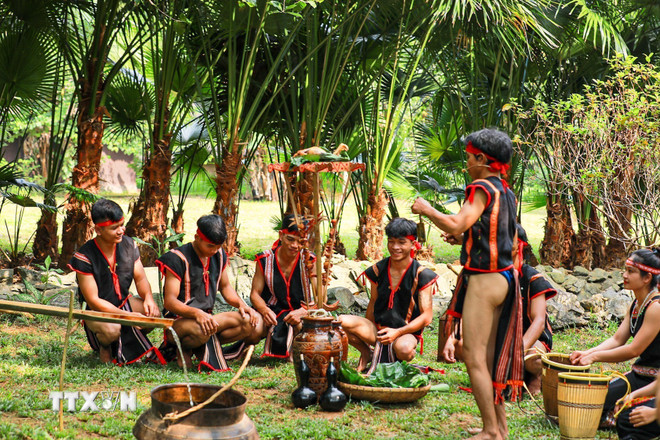
The water wharves, where people get water for daily use, are associated with the worship of water gods and forest gods. Wharf worship ceremonies not only express gratitude to nature but also reflect the philosophy of living in harmony with the environment of the Central Highlands people.
The ethnic brocade costumes, with their sophisticated patterns, durable materials and rich symbolic meanings, are also a valuable heritage. In addition, coffee culture, from cultivation to processing and enjoyment, is not only a key economic sector but also gradually becoming a part of Dak Lak's cultural identity.
Dak Lak’s cultural heritage is not only the property of the Central Highlands but also a part of Vietnam’s cultural treasure. With its unique identity, enduring vitality and constant conservation efforts, these heritages are becoming a solid foundation for Dak Lak to develop tourism in a sustainable and in-depth direction./.
Source: https://www.vietnamplus.vn/dak-lak-day-manh-quang-ba-bao-ton-gia-tri-van-hoa-dac-sac-cua-cac-dan-toc-post1077371.vnp






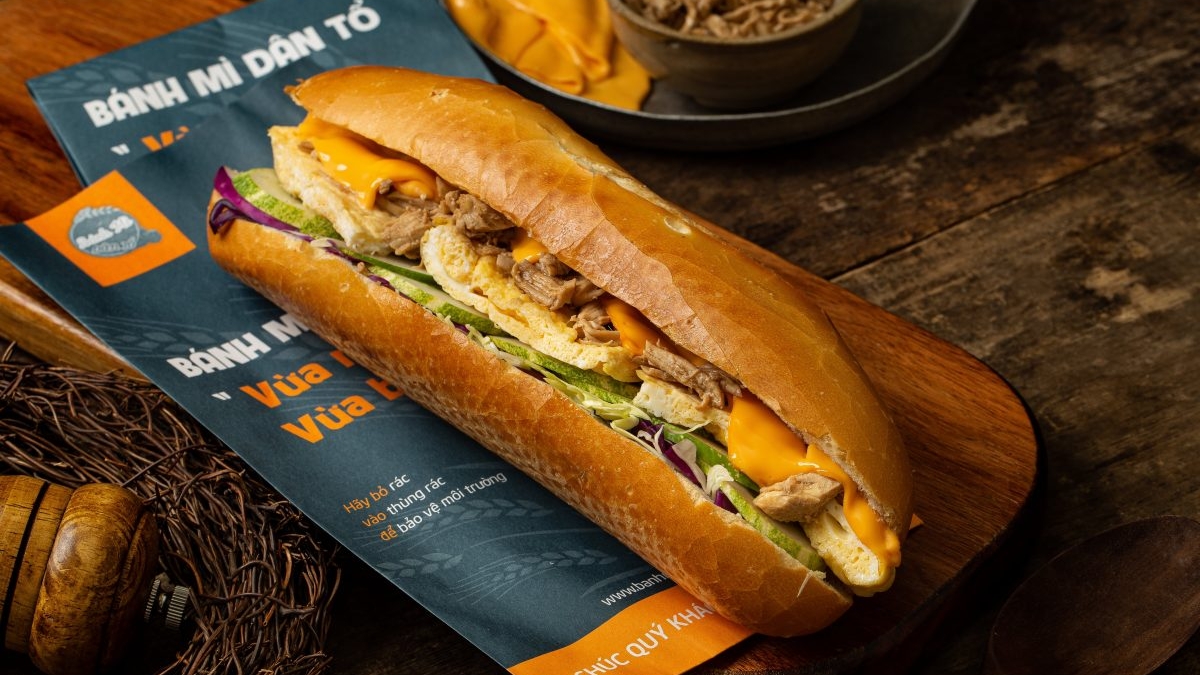



























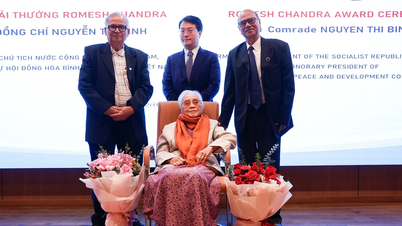



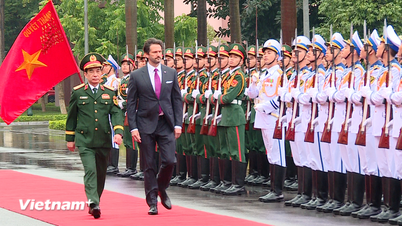

![[Photo] General Secretary To Lam and National Assembly Chairman Tran Thanh Man attend the 80th Anniversary of the Traditional Day of the Vietnamese Inspection Sector](https://vphoto.vietnam.vn/thumb/1200x675/vietnam/resource/IMAGE/2025/11/17/1763356362984_a2-bnd-7940-3561-jpg.webp)

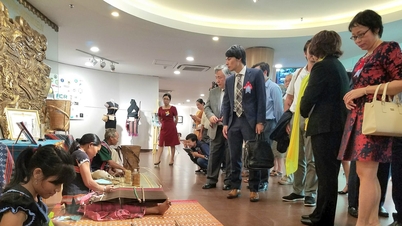




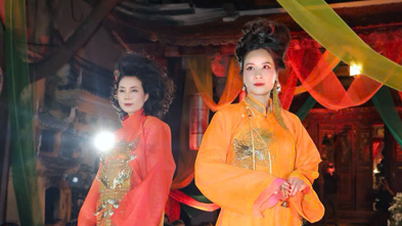
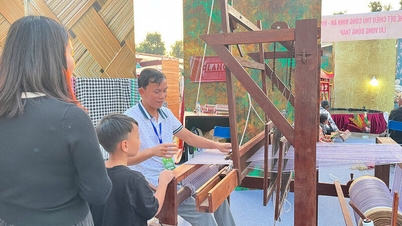



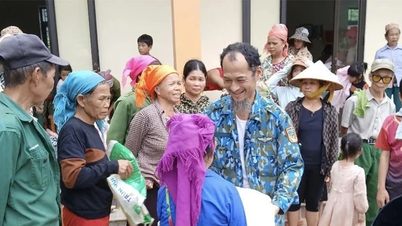



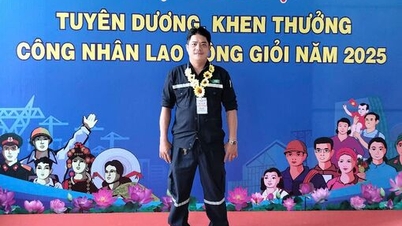






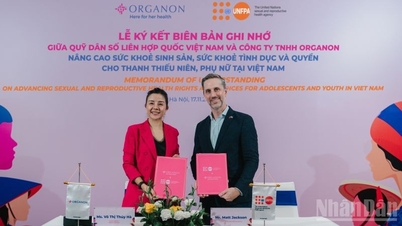



























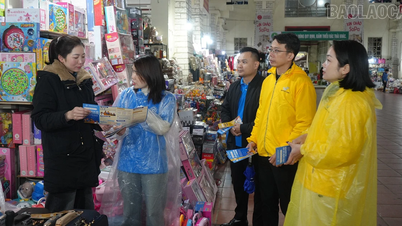
















Comment (0)